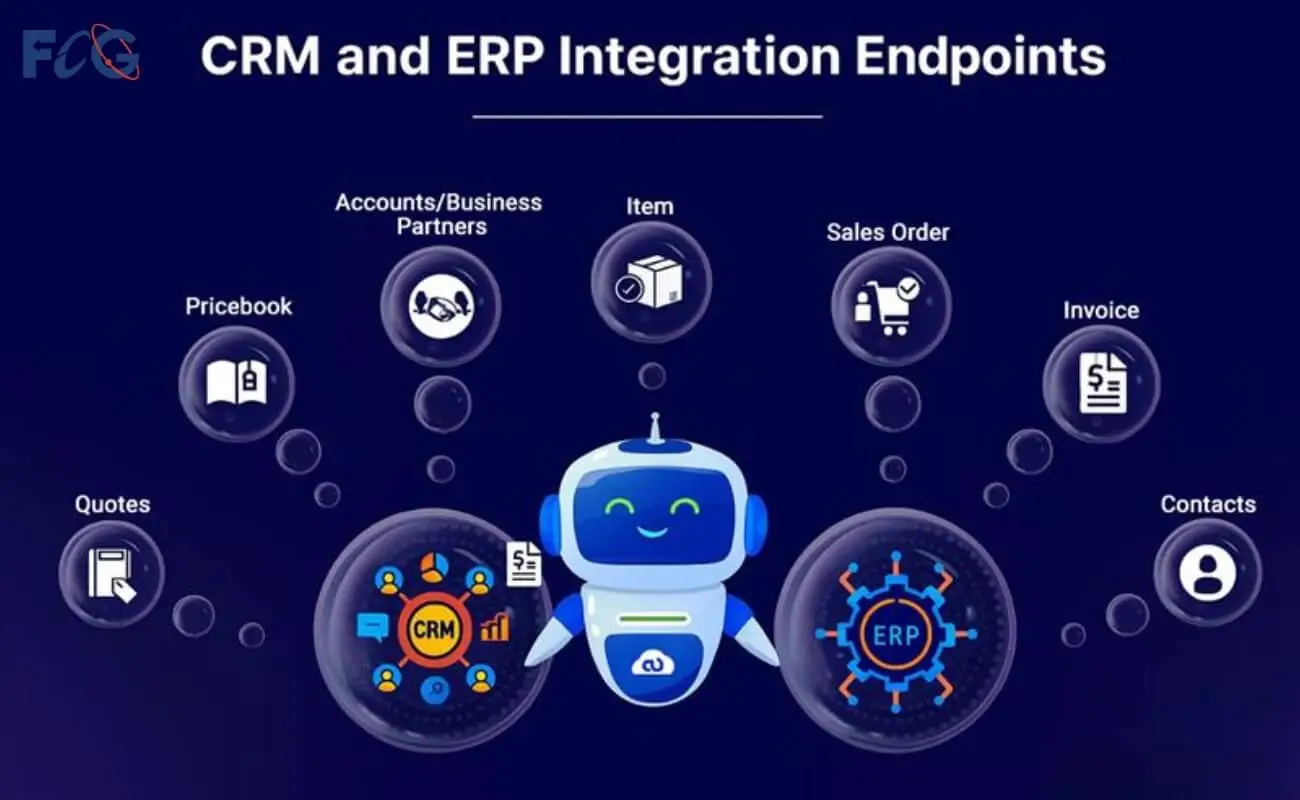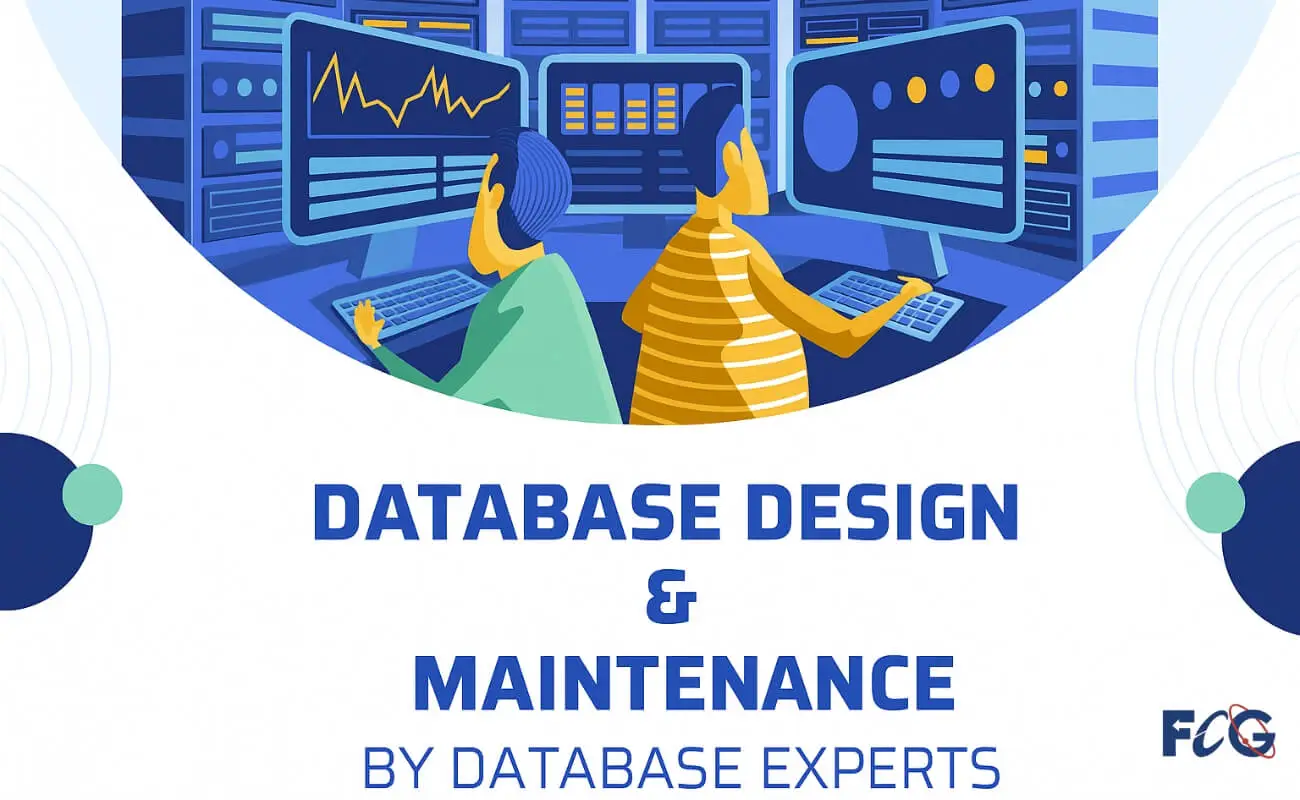Blog

Software projects often begin with excitement and well-defined goals, yet many fall apart before completion. Common signs of failure include missed deadlines, blown budgets, and software that doesn’t meet user needs—even if it technically works.
This blog explains that over 70% of IT projects fail, not just due to technical flaws but because of weak client involvement. Issues like vague requirements, poor planning, lack of feedback, scope creep, delayed testing, and missing ownership are major contributors to early failure.
The key to success lies in better client engagement. When clients stay involved throughout the development process—by providing feedback, understanding how the system works, and ensuring clear communication—they help the team catch problems early and stay aligned with the end goal. The result is more efficient development, smoother launches, and software that actually delivers value.

Rolling out an ERP system successfully means more than installing new software—it’s about aligning your business goals, data, and team processes. This guide walks through every step for a smooth rollout, from setting clear objectives and assembling a cross-functional team to cleaning data and building a rollout timeline. A major highlight is planning for ERP and CRM integration, which enhances visibility, unifies customer and business data, and improves decision-making. The article also covers early testing, team training, and real-time monitoring during launch. Post-launch, it emphasizes feedback collection, ongoing training, and future system updates to support long-term growth and flexibility.

Modern businesses rely on clean, efficient, and scalable data architecture to drive operations, insights, and growth. Database design services provide the blueprint for organizing, storing, and accessing data effectively, whether you're building a new application or optimizing an existing system.

This blog explains how vector databases are changing the way modern applications handle complex data like images and sound. It highlights how a database consultant helps businesses choose and manage the right data systems, avoid issues, and grow without risk. With simple examples and clear benefits, the post shows how expert consulting can support system speed, safety, and scalability — especially when backed by a trusted team like The Farber Consulting Group Inc..
